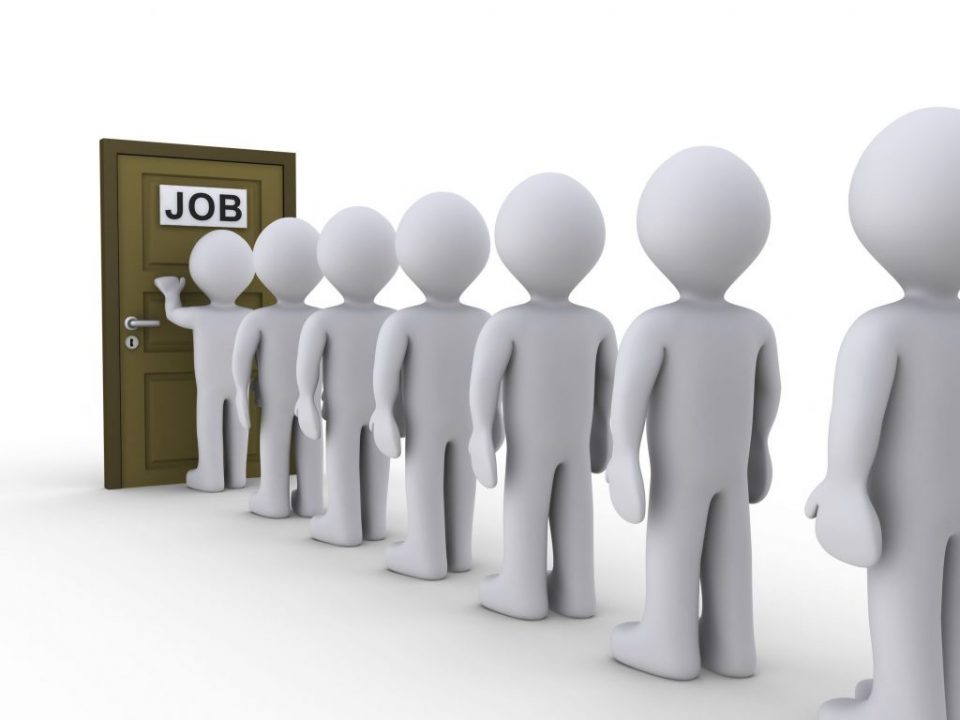KEY POINTS
- Nonfarm payrolls increased by 1.37 million in August vs. Dow Jones estimates of 1.32 million.
- The unemployment dropped to 8.4% from 10.2% in July and well below expectations of 9.8%.
- Government hiring led the way, with gains also coming in retail and education and health services.
Nonfarm payrolls increased by 1.37 million in August and the unemployment rate tumbled to 8.4% as the U.S. economy continued to climb its way out of the pandemic decline.
The unemployment rate was without a doubt the most affordable because the coronavirus shut down in March, according to Labor Department figures launched Friday. An alternative measure that includes discouraged employees and those holding part-time tasks for economic reasons also fell, down to 14.2% from 16.5% in July and 22.8% at the peak in April.
Economists surveyed by Dow Jones had been expecting growth of 1.32 million and the unemployment rate to decline to 9.8% from 10.2% in July.
“It’s another terrific day for American tasks and American employees,” Vice President Mike Pence told CNBC. Pence included that the job development and the single-digit joblessness rate is “real proof that the American resurgence is underway.”
Markets at first reacted positively to the news, however, stocks turned lower and continued the aggressive sell-off from Thursday.
“We are still moving in the best instructions and the speed of the jobs healing appears to have gotten, but it still appears like it will take a while –– and likely a vaccine –– before we get back near to where we were at the start of this year,” said Tony Bedikian, head of global markets at People Bank. “We continue to be positive that the economy has turned a corner which we’ll continue to see steady development.”
Federal government working with helped enhance the overall, with the growth of 344,000 employees accounting for a quarter of the regular monthly gain. Most of that working with originated from Census workers, whose rolls increased by 328,000. In spite of concerns of an income crunch among at the local level, city government works increased by 95,000.
The overall of those on furlough likewise fell dramatically. There were 24.2 million individuals who said they not working since their employer either closed or lost company due to the pandemic, down from 31.3 million in July.
Those on short-lived layoff also decreased, falling by one-third to 6.2 million and well off the high of 18.1 million in April. Nevertheless, long-term task losses likewise leaped, increasing by 534,000 to 3.4 million. Laid-off employees who went back to jobs also fell by 263,000 to 2.1 million.
The Labor Department’s family study suggested employment growth of 3.8 million and a decline of 2.8 million on the joblessness rolls. That left employment down 11.5 million from pre-pandemic levels.

“Employment development is still set to lag the healing in more comprehensive financial activity over the coming months offered its higher direct exposure to the services sectors worst affected by the pandemic,” composed Andrew Hunter, senior U.S. economist at Capital Economics. “However, the August information shows that, despite the earlier rise in infection cases and more recent fading of financial assistance, the healing continues to rake on.”
Other huge job gains originated from retail, which included 249,000 positions, while professional and business services increased by 197,000, and leisure and hospitality, the hardest-hit sector during the pandemic, saw a gain of 174,000, most can be found in bars and restaurants.
Education and health services also revealed strong gains, at 147,000, while transport increased by 78,000 due to a huge gain in warehousing and storage jobs. Financial activities increased by 36,000 while manufacturing increased by 29,000 and wholesale trade was up by 14,000.
The unemployment rate for Black individuals fell 1.6 percentage indicates 13% while the rate for Asians decreased to 10.7% and the Hispanic level moved 2.4 portion points to 10.5%.
Average hourly revenues rose 4.7% from a year ago, though comparisons are difficult due to compositional impacts from the pandemic.
The report comes amidst a raft of primarily positive economic signals, with retail sales, genuine estate, and manufacturing revealing sharp rebounds off their coronavirus lows. Still, economic experts stress that missing another round of stimulus from Congress, the boosts inactivity might be brief.
“These tasks numbers reflect a big win for American employees, and are a welcome surprise thinking about the unemployment insurance coverage claims have hardly been budging in current weeks. Unemployment breaking the 10% barrier so decisively is a huge psychological lift too,” said Robert Frick, corporate economist at Navy Federal Cooperative Credit Union.
Revisions to previous months’ overalls revealed a small decrease from the preliminary counts. June lost 10,000 to 4.78 million while July lost 29,000 to go to 1.73 million.

